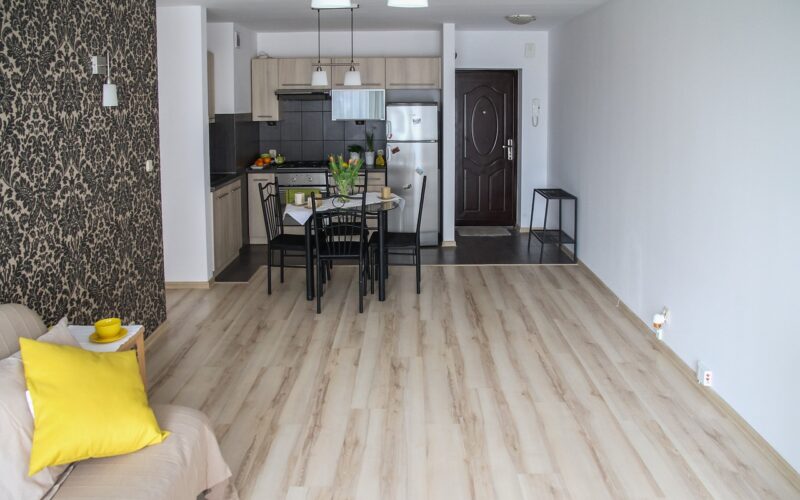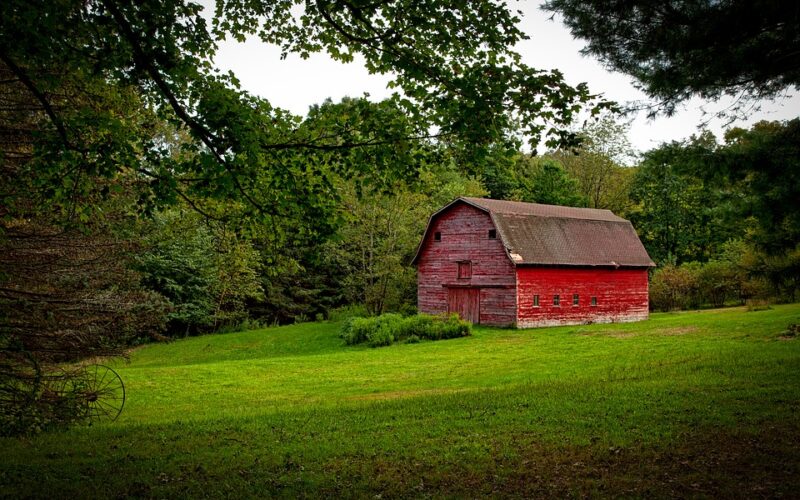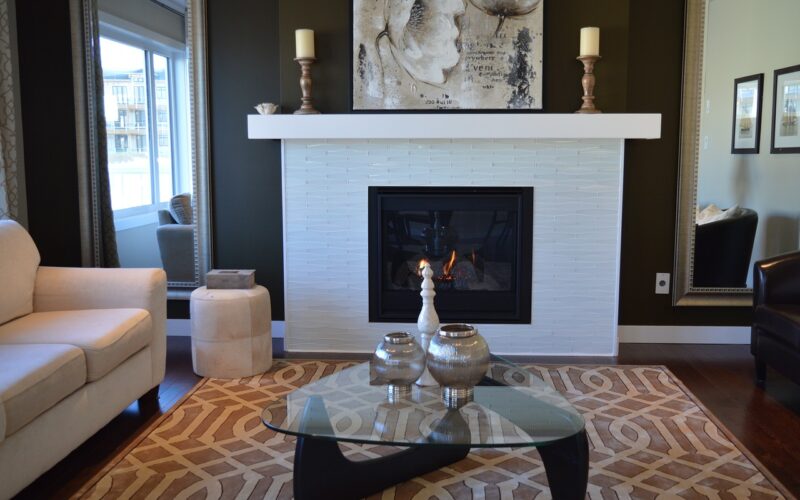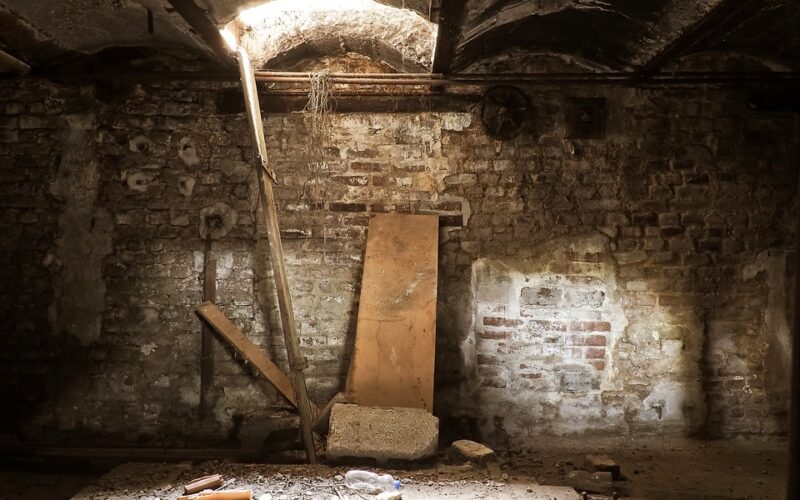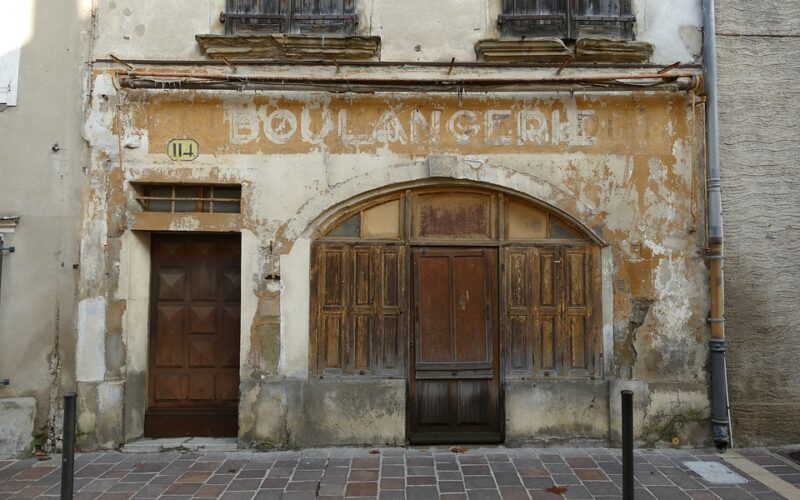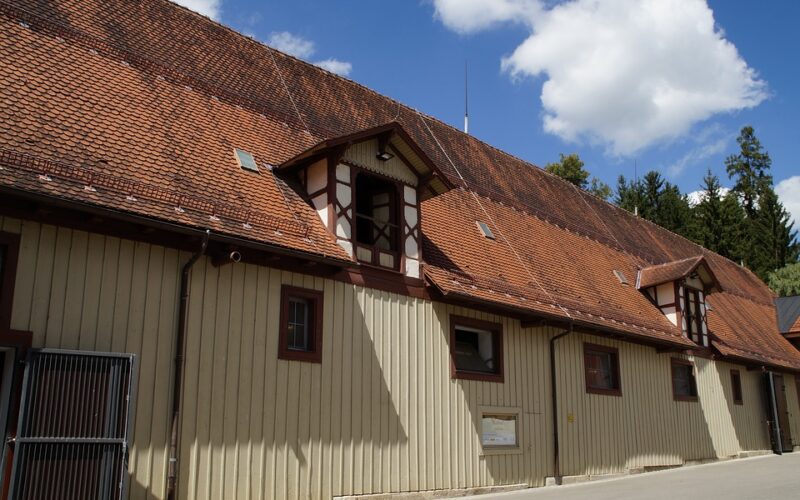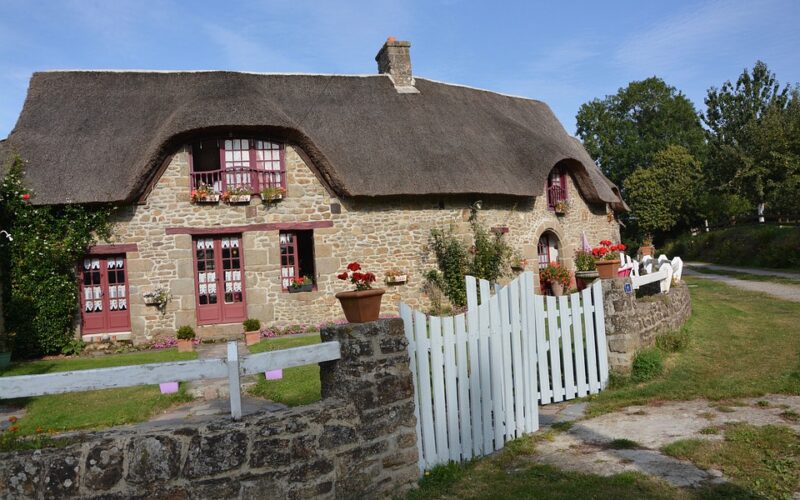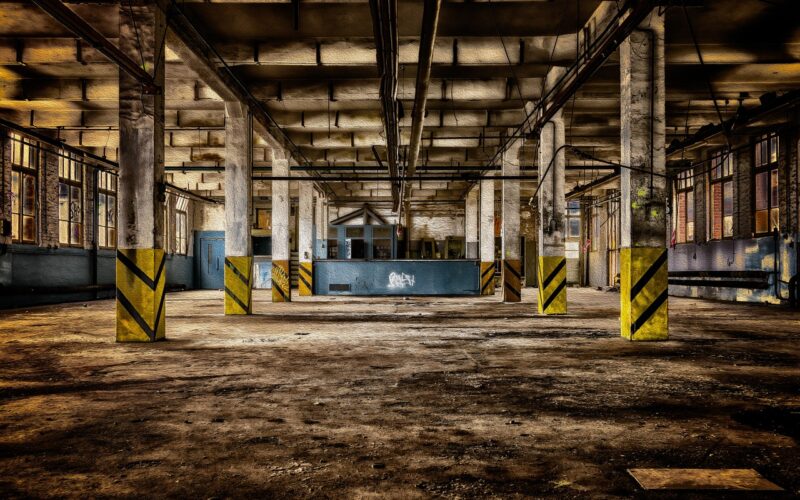The revitalisation of old industrial buildings into magnificent residential spaces is a trend that breathes new life into once-neglected city areas. In a blend of historic charm and contemporary living, old factories that witnessed the zenith of the industrial age are being restored and refashioned into cool apartments. This urban metamorphosis is not only a win for architectural conservation but also for those craving a unique living experience endowed with character and craftsmanship from an era long gone.
The allure of industrial spaces
There is an ineffable allure to the industrial aesthetic — the high ceilings, large windows, and raw textures provide a canvas that affords creativity and spaciousness not commonly found in modern apartment complexes. These features draw individuals who are looking for an abode that tells a story, exuding an air of the past while providing modern comforts. Developers and architects have tapped into this allure, creating residential units that offer something beyond the generic.
Challenges of converting factories
Transforming an industrial space into residential units is no small undertaking. It involves overcoming several challenges, such as ensuring the building complies with current building regulations, it's structurally sound, and it retains its historical integrity. Essential services such as plumbing and heating configurations often require the expertise of skilled professionals such as plumbers, bathroom fitters, and boiler installation experts. Working within the existing framework to incorporate modern amenities without compromising the building's original features is a delicate balancing act.
Sustainable and stylish living
Apart from its aesthetic appeal, converting old factories into apartments has a sustainable angle. It is a form of upcycling on a grand scale, preserving the energy and materials invested in the original construction. In place of demolition and rebuild, which contribute significantly to landfill waste and carbon emissions, this approach retains the building's ‘embodied energy’. The high ceilings and sizable windows also lend themselves to energy-efficient solutions, such as improved natural lighting and ventilation, reducing the dependence on artificial heating and lighting.
The role of plumbers and fitters
Professionals such as plumbers and bathroom fitters play a pivotal role in this transformation process. Their expertise helps ensure that modern plumbing and central heating systems are seamlessly integrated into these spaces which were not originally designed for residential use. They lay the groundwork for comfortable and functional living spaces, tackling complex tasks such as installing state-of-the-art boilers and contemporary bathroom suites, while respecting the building's structural and design constraints.
Boiler installation and heating solutions
Heating an old factory space can pose unique challenges due to the vast open areas and high ceilings. Expert boiler installation is crucial to ensuring efficient heating solutions that are economical and environmentally friendly. Advanced heating systems that align with the aesthetics and the demanding spatial dimensions ensure that the industrial-to-residential conversion caters to contemporary expectations of comfort and safety, while contributing to the energy efficiency of the building.
A new community in historical walls
Beyond the individual apartments, these factory conversions are often accompanied by the creation of entire communities, complete with shared amenities such as rooftop gardens, fitness centres, and social lounges. These shared spaces foster a sense of community and belonging amongst residents, blending the line between private living spaces and communal interaction, and allowing for a holistic lifestyle experience.
Preserved history meets modern comfort
Ultimately, the transformation of old factories into cool apartments is a testament to innovation in urban housing. It provides an opportunity to preserve historical architecture while offering modern habitats tailored to contemporary lifestyles. The resultant living spaces are not just utilitarian entities but artworks in their own right, preserving the historical narrative and offering up the conveniences and efficiencies demanded by modern city-dwellers. It’s a harmony of legacy and luxury, presenting an opportunity to dwell in a piece of history refreshed for the future.
